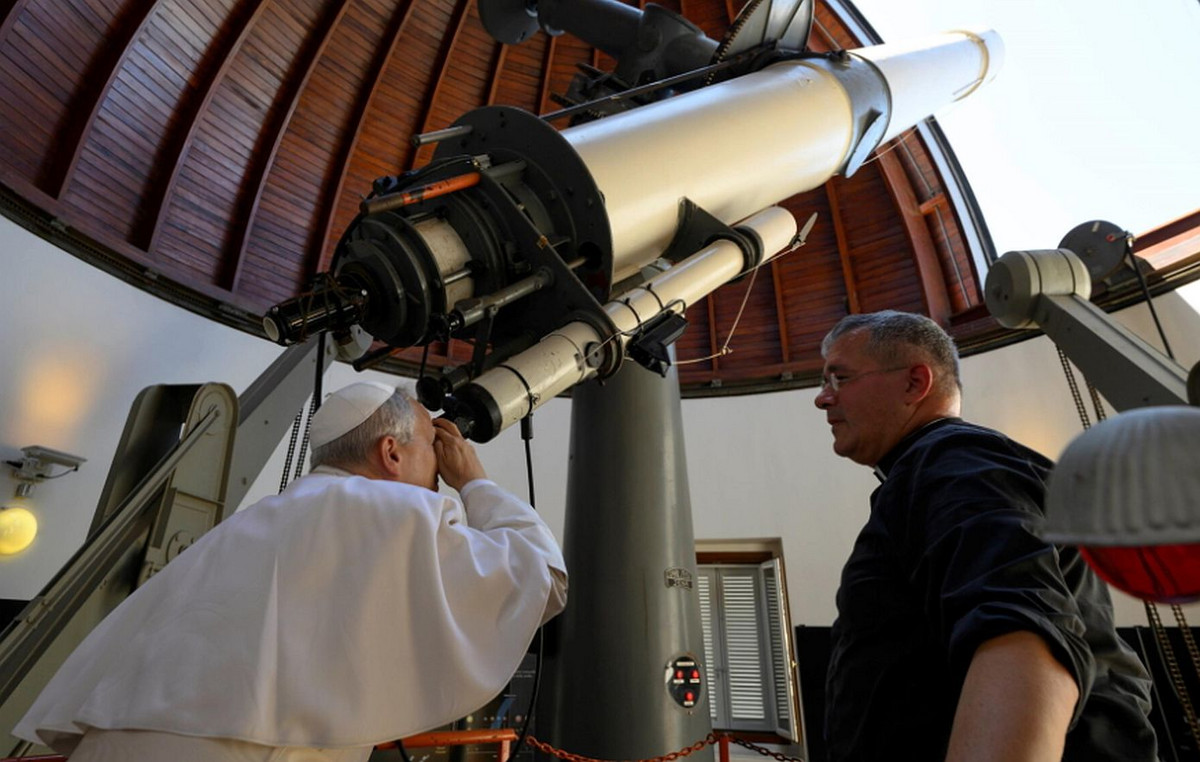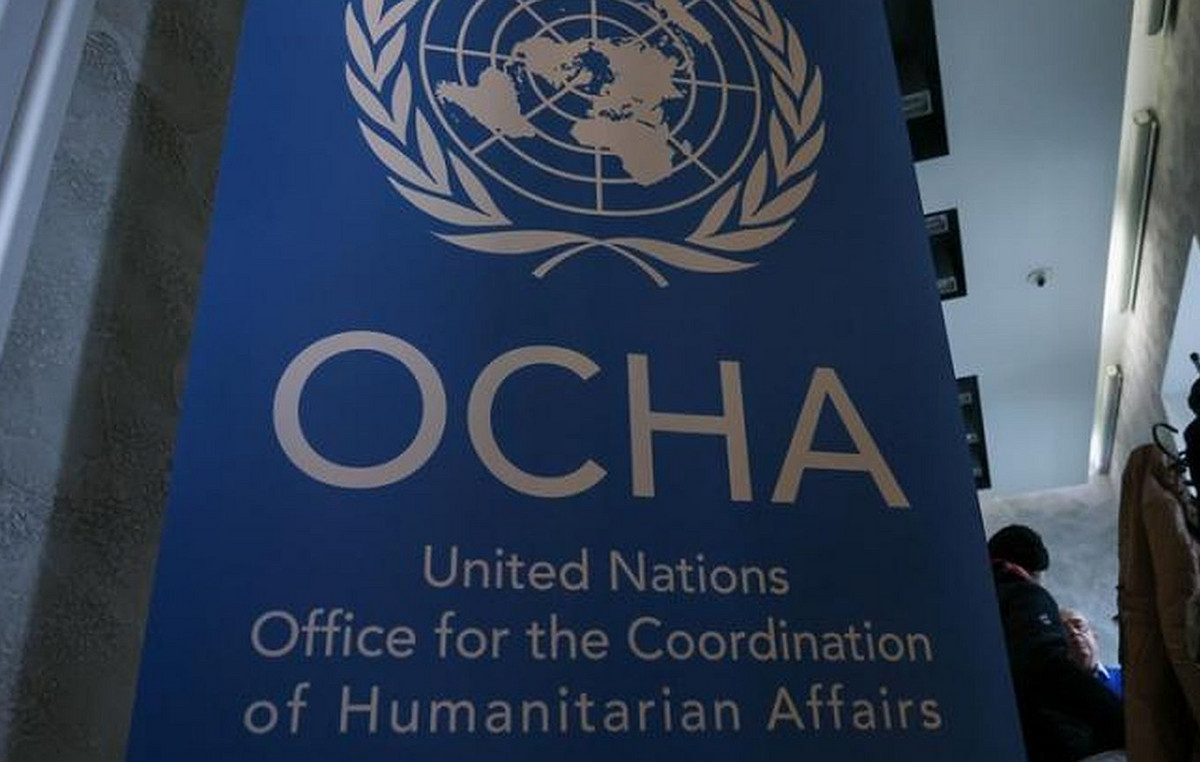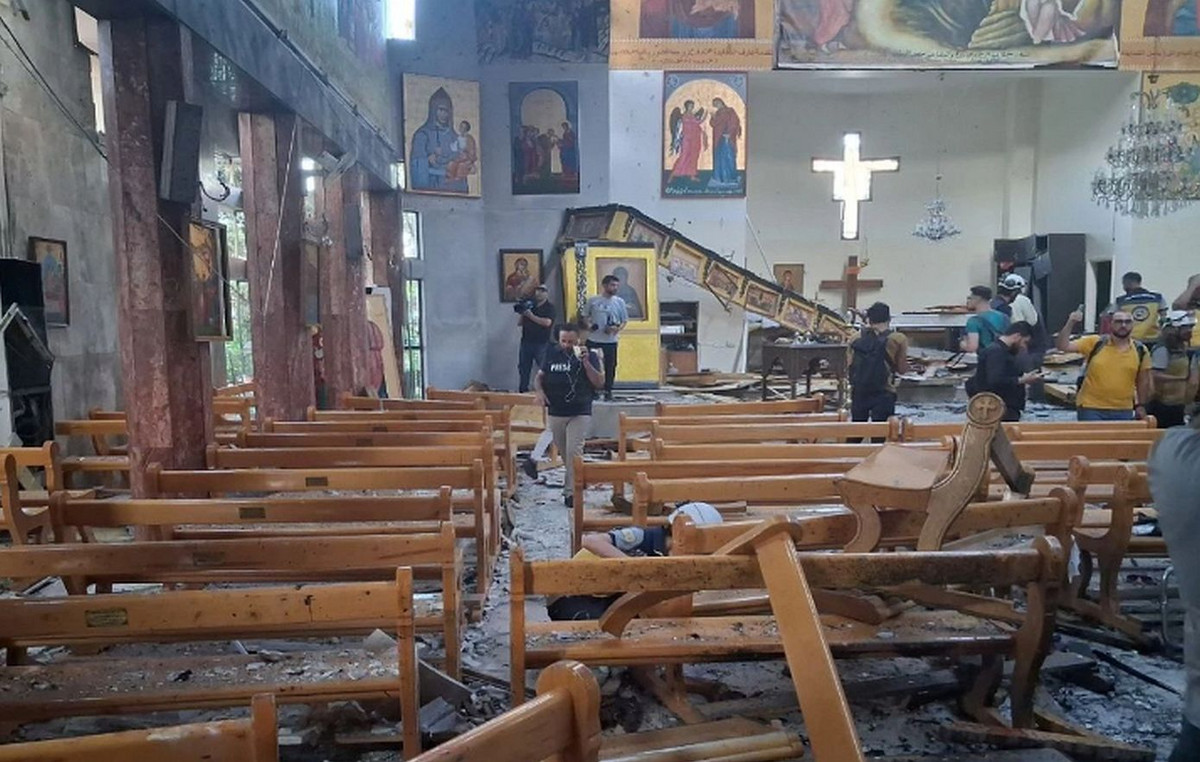There is three months the São Paulo subway received reinforcement in the fight against HIV with the installation of automatic drug dispensing machines PrEP (Pre-Exposure Prophylaxis) and PEP (Post-Exposure Prophylaxis) in some of its stations. The initiative is part of a strategy to expand access to preventive treatments, especially for those who feel uncomfortable seeking face-to-face care in health services.
In these 90 days, 539 bottles of medicines were removed from automatic machines located throughout the São Paulo subway, being: 192 of PrEP and 98 of PEP, at the Vila Sônia station, and 168 of PrEP and 81 of PEP at the Luz station, according to the Municipal Health Secretariat (SMS).
“Every withdrawal is also accompanied by an HIV self-test, which can be carried out wherever and whenever the person wants. It even serves as an exam result to access prophylaxis online”, explained the secretariat to CNN in note.
THE PrEP and PEP are preventive methods that prevent HIV infection from occurring, even if the patient has contact with the virus.
PrEP is taken regularly before exposure to the virus. PEP is used after exposure to HIV, in cases of unprotected sexual intercourse, for example. Treatment with the latter must be started within 42 hours after exposure and lasts 28 days. Both treatments are recommended by health guidelines and have been shown to be effective in reducing new cases.
Rico Vasconcelos, infectologist and researcher at the Hospital das Clínicas of the Faculty of Medicine of the University of São Paulo (HCFMUSP) states that the initiative to provide prophylaxis through machines facilitates access to these medicines, making people feel more comfortable making withdrawals .
“The fear of exposure, judgment and stigma, even in specialized health services, is so great that this type of machine service and teleservice help to break down barriers to accessing HIV testing and prevention”, argues the doctor.
“I believe this is the way of the future and that it works”, he adds.
This is the same opinion as sales manager Fernando (fictitious name). As his partner lives with the HIV virus, he uses PrEP to protect himself and says he felt uncomfortable going to a health center to withdraw prophylaxis.
“I noticed that people were looking at me. And this look came from people who were waiting to get some medicine, but also from some health professionals. Despite being a preventive medicine, there is still a lot of taboo about it”, he says.
Last month, Fernando removed prophylaxis from the Luz station totem and claims that the procedure was simple.
“It’s very quick and I had no difficulties using the machine. I found that the totems make collection a lot easier because we don’t need to go to a health center, we can get the medicine there, during our daily rush”, he adds.
Before collecting PrEP or PEP at the subway totems, the patient must make an online medical consultation through the SPrEP system, available on the e-saúdeSP application. A healthcare professional issues the prescription with a QR code that will be read by the machine to release the medicine.
Drop in the number of HIV cases in São Paulo
The capital of São Paulo recorded a 54.6% drop in the number of new cases of HIV infection in the last seven years, from 3,761 cases in 2016 to 1,705 records last year. The data are from the HIV/AIDS and Syphilis Epidemiological Bulletin of the Municipal Health Department.
This decline for the seventh consecutive year was greatest among young people aged 15 to 29, among whom the reduction reached 57.3%. In 2023, there were 818 new cases in this age group and in 2016, this rate reached 1,917 new infections diagnosed.
Following this trend, the AIDS mortality rate has also fallen in recent years. In 2023, 460 deaths were recorded per 100 thousand inhabitants, 12.9% less than in 2022 (528 deaths) and 44.1% less than ten years ago, when the beginning of the decline was observed, the period in which they were recorded 780 deaths.
This content was originally published in 3 months of PrEP and PEP in the SP subway: what has changed with technology? on the CNN Brasil website.
Source: CNN Brasil
I am an experienced journalist and writer with a career in the news industry. My focus is on covering Top News stories for World Stock Market, where I provide comprehensive analysis and commentary on markets around the world. I have expertise in writing both long-form articles and shorter pieces that deliver timely, relevant updates to readers.







